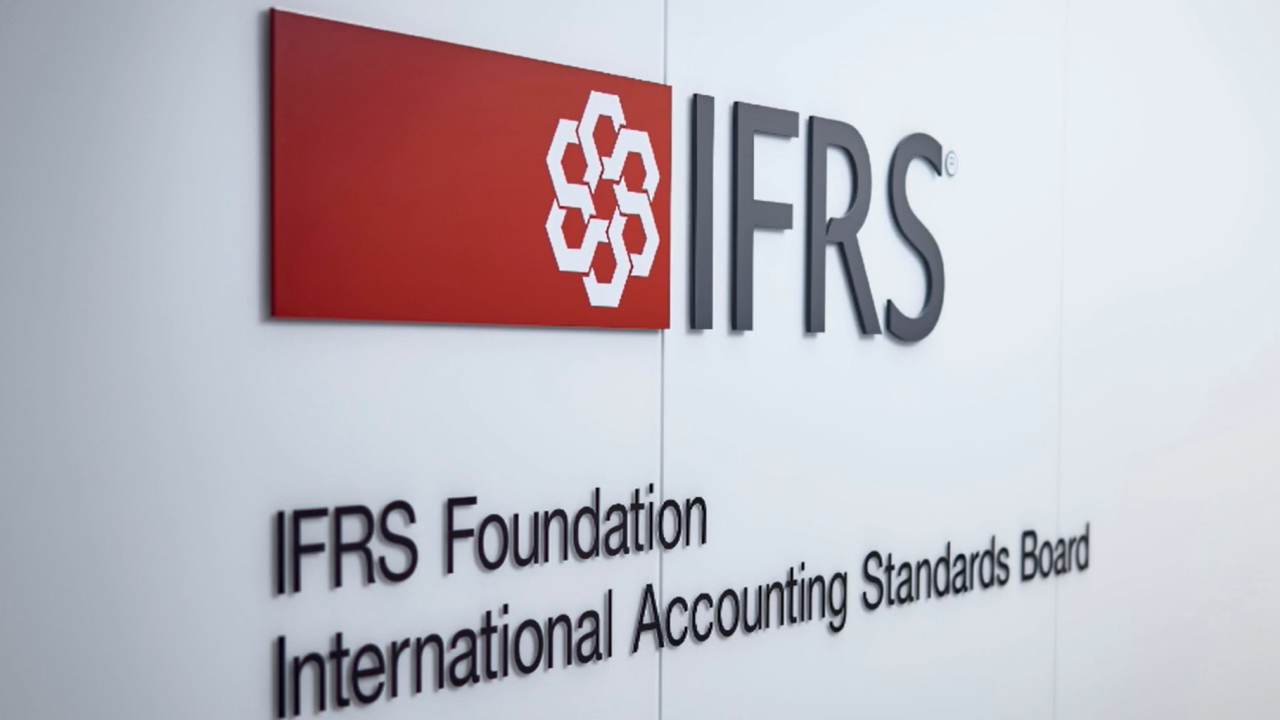Financial advisors’ small business clients won a lucrative windfall in 2017 when the tax-code overhaul gave them a 20% deduction for their business income. What some independent advisors don’t realize: many of them are entitled to that same tax break.
The so-called pass-through deduction is usually spoken of as a boost for owners of mom-and-pop shops, small retail and manufacturing businesses and the self-employed. In fact, it’s for all individual taxpayers whom the tax law considers business owners, including independent advisors at RIAs.
Like the one-man owner of a landscaping business or partners in a restaurant, a financial advisor is functionally a business owner if they share in an independent advisory firm’s profits. And because the pass-through loophole is tied not to a firm’s overall profits but to the smaller chunk of firm profits that go to each individual, an advisor can potentially qualify even if the firm they work for is a large one and they’re not a founder or top manager. The key: having total personal income that’s below certain thresholds.
“All independent advisory practices qualify up to the income limitations,” says Scott Beaudin, a CFP and CPA/PFS at Pathway Financial Advisors, an RIA in Burlington, Vermont. “The firm’s size doesn’t matter.”

RIAs are typically structured as a limited liability company — a type of “pass-through” entity, like partnerships and S corporations — that doesn’t pay taxes itself but instead “passes through” its income to partners. The firm’s partners — think advisors — then pay tax on that income via their individual returns, at ordinary rates now topping 37%. The 20% deduction is only for members of pass-throughs who share in their profits, not for C corporations or people who earn only wages or salaries.
“I know of some RIAs that are taking this, but not a lot of people are talking about it,” says CFP Mary Ahearn of Rincon Financial Group, an RIA in Tucson, Arizona.
The deduction is for what the IRS calls “qualified business income,” meaning money that you receive from a firm (but not capital gains or stock dividends.) For 2020, with tax returns due May 17, the full tax break is for all pass-through owners whose total taxable income fell below $163,300 ($326,600 for married couples). If a taxpayer makes more than those thresholds and isn’t in a so-called “
It’s easy to see how a small-town pizza shop owner can benefit. So what about an independent advisor?
Many independent advisors earn well over the limits. And those who earn salaries, perhaps from a broker-dealer, can’t. But advisors with more modest earnings who get profit payouts from an RIA can. “If you’re just a straight W-2 employee, no dice,” says Beaudin, a former chairman of the National Association of Personal Financial Advisors (NAPFA), a trade group and lobby for fee-only advisors. “But if you’re getting business pass-through income, you have the potential to qualify.”

Financial advisory firm Mercer Capital notes that “many RIA owners will
Within an RIA, different advisors will have different household incomes, with perhaps two qualifying for the tax break and three not. For example, an advisor who makes ZipRecruiter’s average amount but is married to a neurosurgeon who makes $1 million a year, and files jointly with the spouse, is locked out of the deduction.
An RIA’s profits paid to advisors are detailed on an IRS form known as a K-1, which shows an individual’s share of a partnership’s profits, losses, deductions and credits. (The IRS generally treats
To claim the pass-through deduction, Beaudin says, “every single RIA needs to make sure that their K-1s are properly indicated” on that line.





